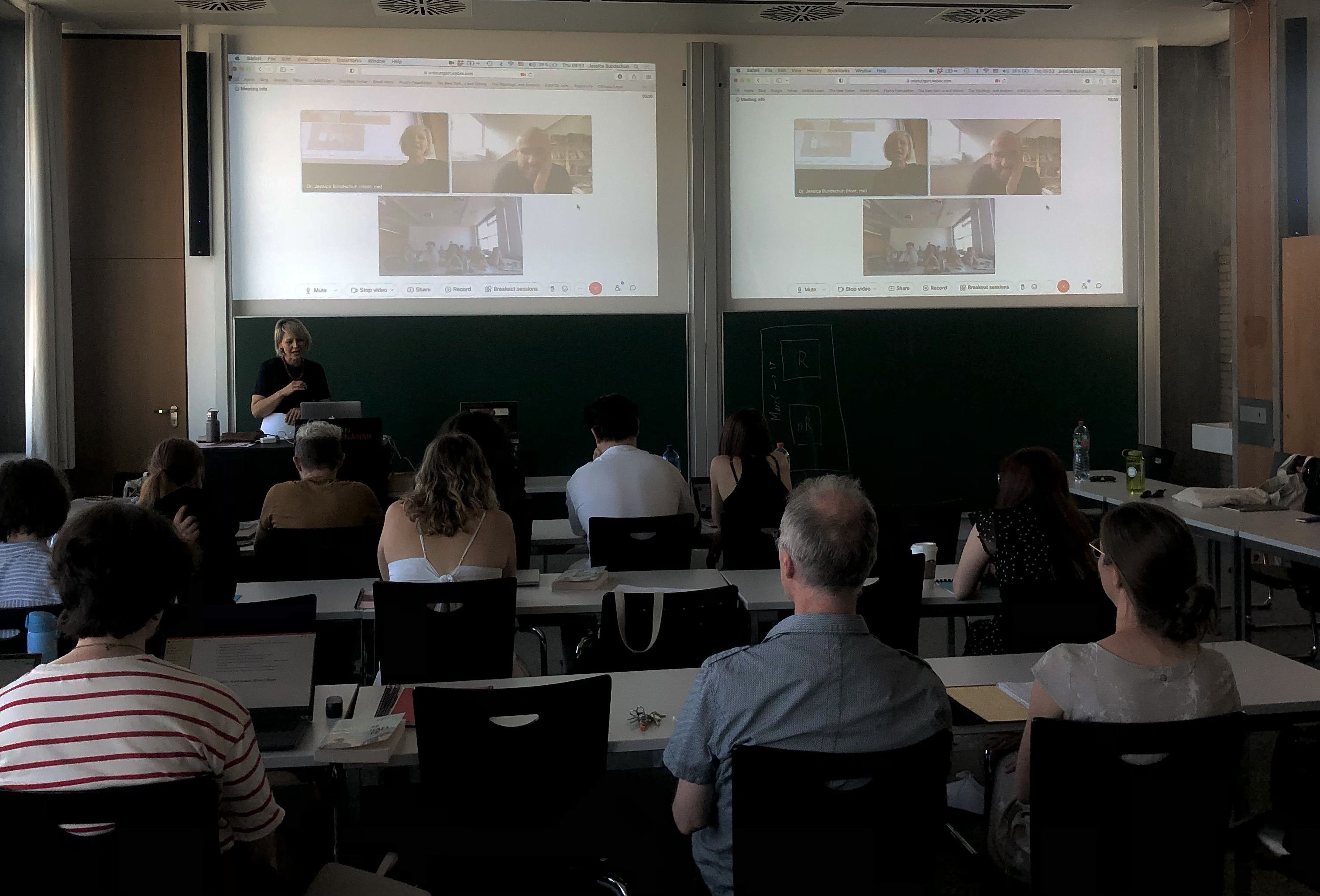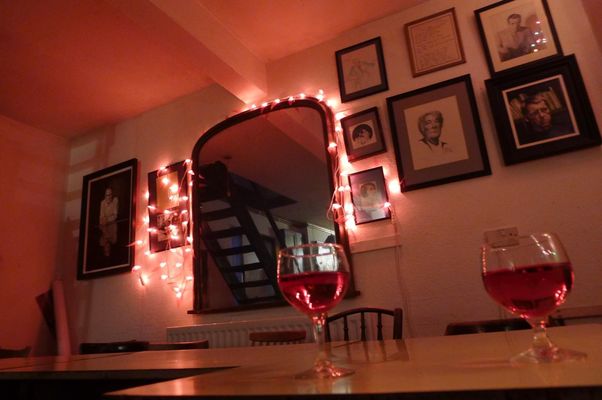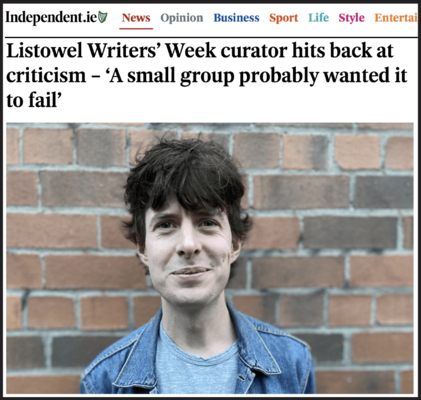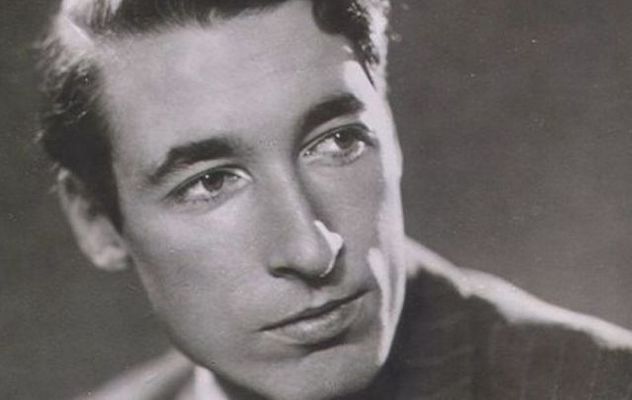MICHAEL Magee’s Close to Home is one of the best books I’ve read in ages. But he’s one of my best mates, so I would say that.
It describes a moment in Belfast’s very recent past where a confluence of circumstances (political, social, literary) has landed the main character, Sean Maguire, back in Twinbrook after finishing an English degree in Liverpool. Michael Magee describes a almost-contemporary Belfast where ideas of hope and progress aren’t sugar-coated.
Sean and his friends work precarious jobs and are haunted in various ways by the violence enacted both by and on their parents’ generation. They’re the ceasefire babies who haven’t seen the spoils of the Good Friday Agreement that were promised.
It's official, our special edition of Michael Magee's Close to Home has arrived, and they're all signed 💙📚 pic.twitter.com/nL3xSpFYTe
— No Alibis Bookstore (@NOALIBISBOOKS) April 3, 2023
Jessica Bundschuh teaches a course called ‘The Tactility of Irish Literature’ in the University of Stuttgart and she invited me, along with the poets Pádraig Regan and Manuela Moser, to spend a few days with her students as part of a short project called ‘Folding & Archiving Geographies.’
Jessica was one of the first people in academia to really notice that there is something quite special going on in the work of writers from Belfast from the last ten years.
I’ll write about the work we did with Jessica’s students next week, but on the first day in Stuttgart I interviewed Michael Magee via Zoom. Neither of us knew how the conversation might go, how much the young people in the class knew about the book, or Belfast and its history.
It was an incredible experience to witness the ways in which her students were responding to Michael Magee’s work. We talked for an hour about the context for the action of the book: inherited trauma from our parents’ generation, imperial urban planning across the city, police and military surveillance, ideas of masculinity and their relationship to various strands of the legacy of the conflict.
The students were asked to choose an image and reflect on how it reminded them of particular passages in the novel. I found it profoundly moving to watch the students approach the camera that linked them to Michael in Belfast and talk about what the images and scenes from the book meant to them.
Jessica had set an assignment for her students that produced astonishing results: She asked each student to look at the Instagram account called Mostly Full Coverage and pick an image.
Belfast welcomes you, Google Streetview pic.twitter.com/QajcN2T4TV
— Seymour Gits (@Gitner) April 17, 2017
The account features screenshots of various street scenes found on Google Streetview: Groups of teenage boys, workers in high-vis jackets at Milltown, mothers and their children, murals across West Belfast with the faces of the people depicted blurred by the algorithm intended to protect the identities of living people. Magee has written the process of travelling the streets of Belfast digitally into Close to Home.
Delighted to welcome Pulitzer Prize winning author Richard Ford to #BBF23 for a fascinating conversation about his latest novel, Be Mine. He's joined by Michael Magee, whose debut novel Close To Home has won widespread acclaim, in conversation with editor & essayist @tara_mcevoy pic.twitter.com/vbvW8b8wfp
— Belfast BookFestival (@BelfastBookFest) June 15, 2023
The students were asked to choose an image and reflect on how it reminded them of particular passages in the novel. I found it profoundly moving to watch the students approach the camera that linked them to Michael in Belfast and talk about what the images and scenes from the book meant to them.
One student, Max Schmidt, chose an image of a window reflecting the camera on top of the Streetview car and talked about how a trick of light became a moment where the surveillance and intrusion into people’s lives and homes was interrupted, about how the aperture of the camera also mirrored the scope of a gun.
It made me realise, quite suddenly, that despite the specificity of the setting—the very real streets, bars, shops and in some cases people who populate the book—that it is an outward-looking and hugely relatable piece of writing that elucidates a moment in time that can be appreciated by young people in the south-west of Germany as much as by people with postcodes starting with BT17.
Michael sent me four messages as soon as he signed off:
Absolutely brilliant mate
I had no idea they had read the book
And the screenshots!
What a thing.








